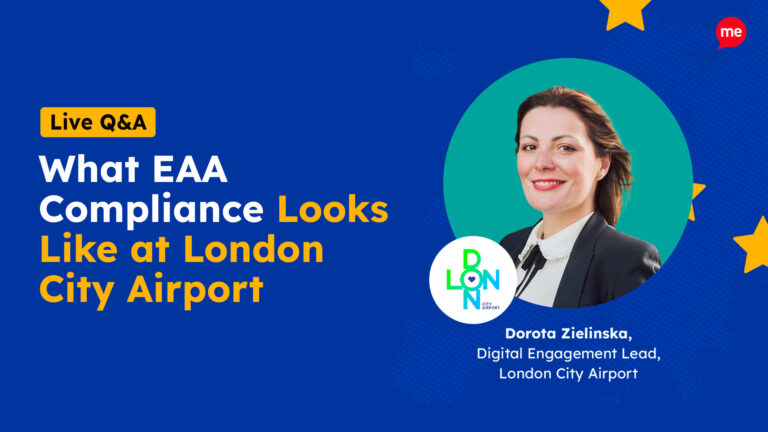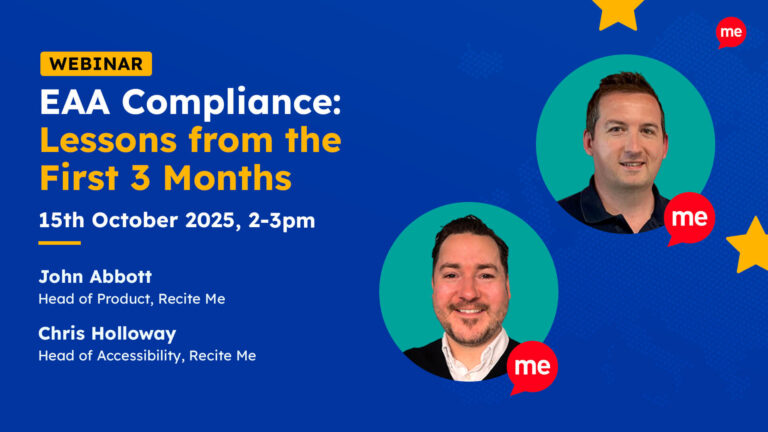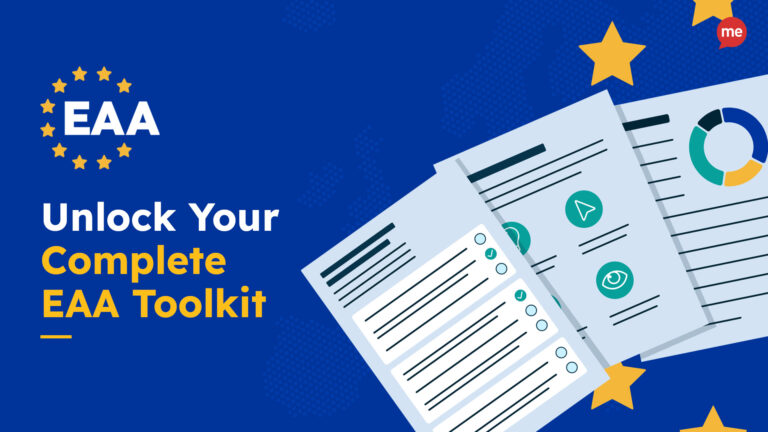Get A Free Accessibility Check Of Your Website
Download NowResearch shows one in five Brits (20%) have a disability. That’s nearly 13.5 million people.
When we hear the word ‘disabled,’ we tend to think of people in wheelchairs and those with mobility issues. Statistics reveal that less than 8% of the disabled population require a wheelchair or mobility assistance. However, there are a range of neurological, cognitive, linguistic, and other hidden disabilities that affect a significant percentage of the population.

Any disability can be problematic when using the internet, as online barriers prevent disabled website visitors from navigating, reading, and understanding the content. That’s why legislation is in place to prevent discrimination based on disability.
What is website accessibility?
Website accessibility refers to the creation of websites that can be accessed and engaged with by all users, including disabled people. These websites remove the digital barriers that typically hold people with disabilities, from neurological to visual, from enjoying online content.
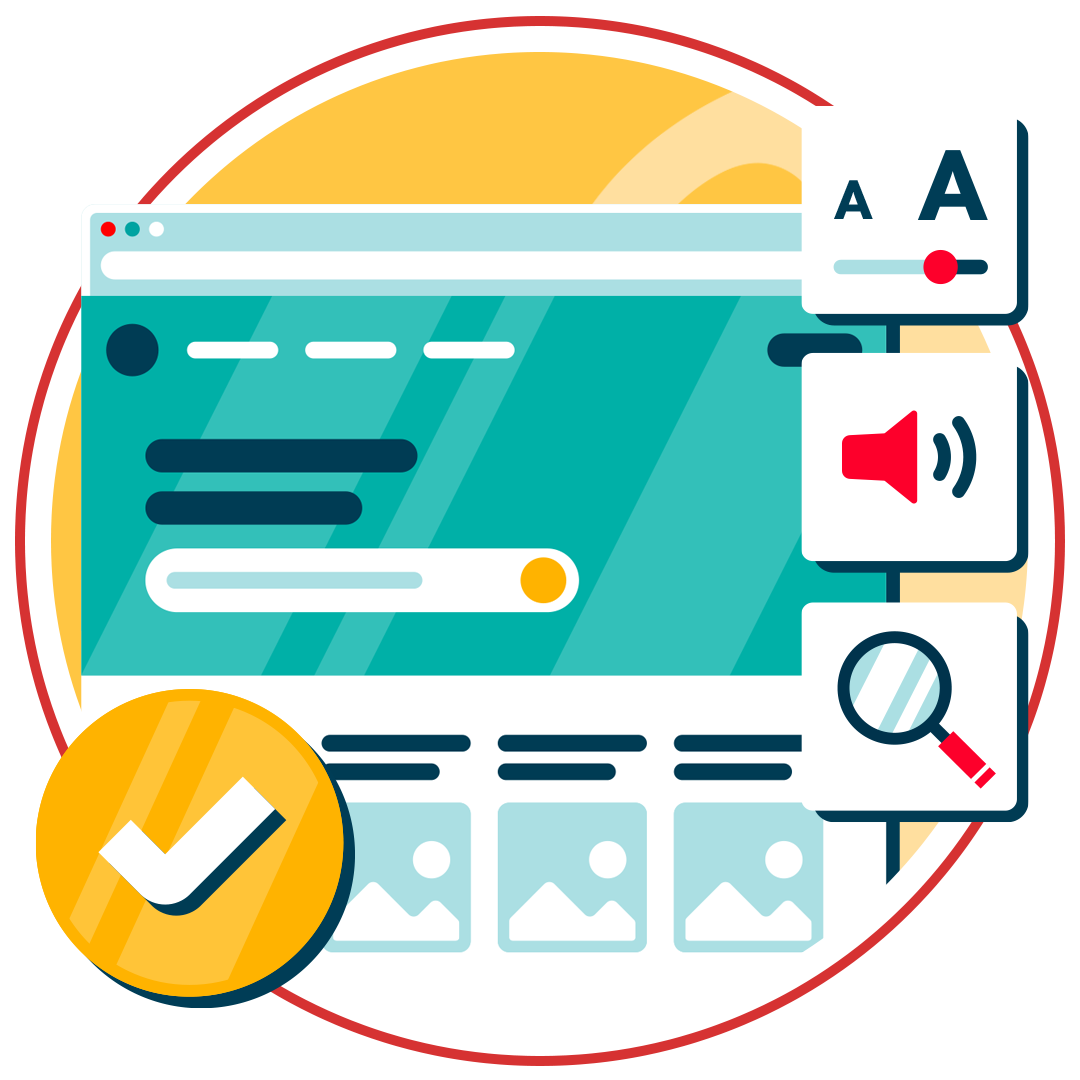
To create an accessible website, developers and content creators must implement a variety of practices, including:
- Ensuring the content has suitable colour contrast
- Choosing accessible fonts
- Adding captions and transcripts to videos
- Tagging PDFs for accessibility
- Enabling keyboard-only navigation
In most cases, the Web Content Accessibility Guidelines (WCAG) are used as guidelines for creating accessible websites. They are widely recognised as the gold standard for digital accessibility, and have been referenced in accessibility legislation and lawsuits across the globe.
Get a free automated accessibility check of your websites homepage. This will identify and highlight any compliance issues on your website. Followed by recommendations on how to implement the necessary changes to make your website more accessible.
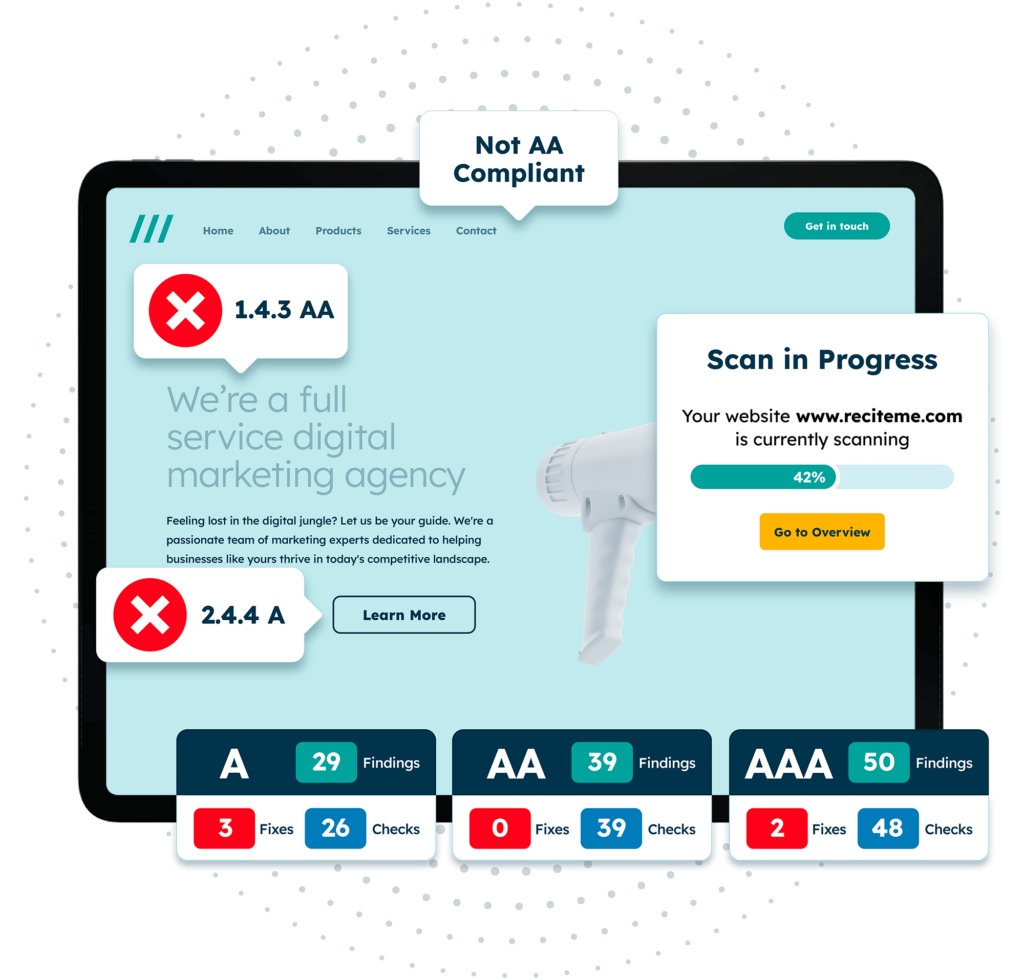
What are the main UK web accessibility laws?
Several web accessibility laws are applicable to UK organisations. It’s essential to be aware of how they may impact on the development and maintenance of your website.
The Equality Act
The Equality Act 2010 applies to physical and online accessibility through requiring organisations to offer ‘reasonable adjustments’ to disabled people. These adjustments aim to remove barriers that prevent disabled people from accessing your company and enjoying their day-to-day lives at the same standard as able-bodied people.
- Covers: Public and private organisations.
- Includes: All services offered online, such as websites, apps, and digital platforms.
- Ensures: Information and functionality are accessible to people with disabilities.
- Protects: Employees and customers, for both staff-facing and public-facing digital services.
- Applies to: Transactions and interactive features, including forms, bookings, and e-commerce.
- Requires: Reasonable adjustments, such as alt text, keyboard navigation, and accessible design.
The Public Sector Bodies (Websites and Mobile Applications) Accessibility Regulations
Public sector websites must be made accessible under the Public Sector Bodies (Websites and Mobile Applications) Accessibility Regulations 2018, also known as “PSBAR”. According to gov.uk, this legislation requires public sector websites to meet the WCAG 2.2 Level AA standards, and publish an accessibility statement.
- Covers: Public sector organisations, including government departments, local authorities, and publicly funded bodies.
- Includes: Websites and mobile applications, both new and existing digital services.
- Requires: Accessibility standards, in line with WCAG 2.2 Level AA.
- Ensures: Content is perceivable, operable, understandable, and robust for users with disabilities.
- Mandates: Regular accessibility statements, showing compliance and outlining known issues.
- Applies to: Updates and new content, ensuring ongoing accessibility across digital services.
- Encourages: User feedback, allowing people to report accessibility barriers and request improvements.
The European Accessibility Act
The European Accessibility Act (EAA) is a piece of EU legislation, but it does apply to some UK organisations. If you provide products or services to EU organisations or citizens, then you will need to be compliant with the EAA.
- Covers: Public and private organisations operating in the EU with 10 or more employees and an annual turnover or balance sheet exceeding €2 million.
- Includes: Products and services, such as websites, apps, e-commerce platforms, banking services, and e‑books.
- Requires: Accessibility for people with disabilities, ensuring equal access to essential digital and physical services.
- Ensures: Compatibility with assistive technologies, including screen readers, magnifiers, and alternative input devices.
- Mandates: Compliance with harmonised accessibility standards, aligned with WCAG and EN standards.
- Applies to: Both new and existing digital and physical services, with deadlines for phased implementation.
- Encourages: Feedback and reporting mechanisms, allowing users to notify organisations of accessibility barriers.
The role of WCAG in underpinning UK accessibility laws
The Web Content Accessibility Guidelines (WCAG) provide clear standards for UK accessibility laws. It is specifically referenced in two – PSBAR and EAA. Although the Equality Act 2010 does not mention WCAG specifically, it is still a strong standard to achieve accessibility compliance with this law. Subsequent government guidance on the Equality Act also specifies a requirement for WCAG 2.2 Level AA.
WCAG defines three levels of conformance, A, AA, and AAA, which indicate increasing degrees of accessibility. These levels help organisations prioritise improvements and ensure that digital content can be used by the widest possible audience.
Here’s how those levels work:
- Level A: Addresses basic accessibility features.
- Level AA: Builds on previous requirements, focusing on broader issues.
- Level AAA: Provides the most comprehensive accessibility.
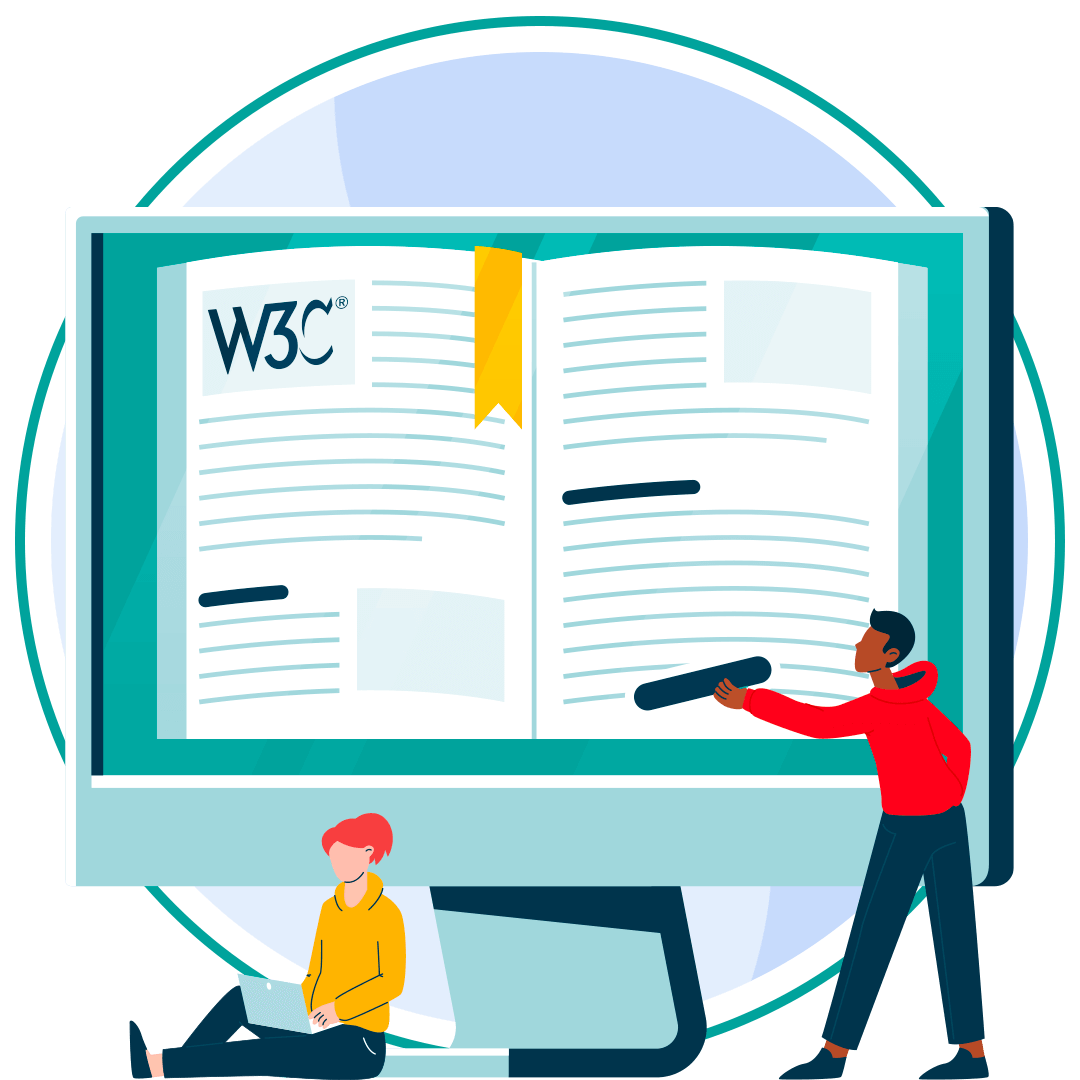
What Problems Do Accessible Websites Solve?
Online barriers come in several forms. Here are some examples of the most common errors that can make a website inaccessible:
- Poor site structure – If a website doesn’t use headers and present information in a logical order, visitors using screen readers can’t scan content to find the information they need.
- Insufficient colour contrasts – When colour pairings have insufficient contrast, or when colour alone is used to provide information, text can be difficult or impossible for visually impaired users to read.
- Lack of descriptive links – Screen readers utilise keyboard shortcuts to list the links on each page to navigate more efficiently. Non-descriptive hyperlink text like ‘click here’ and ‘read more’ do not adequately indicate where the link goes.
- Missing Alt text – Pictures, illustrations, and charts make no sense to visually impaired website visitors when no text alternative is provided to convey their purpose. Learn how to create accessible alt text here.
- Missing captions – When videos don’t have captions, people with hearing disabilities may be unable to understand the information.
- Insufficient keyboard navigation – Some people with disabilities cannot use a mouse or trackpad. Keyboard navigation should allow every interactive element of a web page to be selected using the tab key. Learn more about keyboard accessibility here.
- Inaccessible online forms – Online forms represent some of the most complicated interactions a user can have with a website. Accessible forms provide a clear relationship between labels and their corresponding fields and options to extend time limits for form completion.
The Risks of an Inaccessible Website
Making your website accessible is the right thing to do if you’re a uk service provider. However, meeting accessibility requirements in the UK is also the cost-effective thing to do from sales, customer satisfaction, and legal perspectives.
Revenue
If your website isn’t in an accessible format, your organisation misses out on 20% of the potential market share. The spending power of disabled people and their families is worth a staggering £274 billion, and the UK is one of the countries with the highest average e-commerce revenue per shopper, at £1,629 per person per year. Plus, there’s no shortage of statistics that prove that investing in web accessibility upgrades is a wise move:
- 71% of users leave a site that they find hard to use (ClickAway Pound)
- For 81% of users, ease of use is more important than price (ClickAway Pound)
- 82% of consumers with accessibility issues said they would spend more if there were fewer barriers (ClickAway Pound)
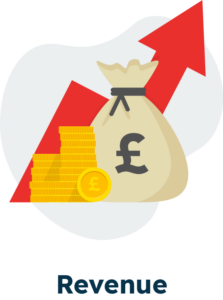

Customer Satisfaction
Most organisations know attracting and retaining new customers costs much more than keeping existing ones. Yet, studies reveal that many disabled customers are dissatisfied with current levels of accessibility:
- 73% of disabled customers experience barriers on more than one in four websites they visit (PurplePound)
- 75% of disabled people and their families have walked away from a business because of poor accessibility or customer service (PurplePound)
- 83% of people with access needs limit their shopping to sites that they know are accessible (PurplePound)
Legal Risk
Despite legislative efforts to increase the accessibility requirement and provide online equity, many websites still fail to meet minimum accessibility standards:
- 60% of local authority websites’ home pages still aren’t accessible to people with disabilities (Scope)
- 90% of the county council websites failed to meet regulations (Scope)
- 86% of local authority homepages websites are hard to navigate because they lack visible focus indicators that show where the cursor/ arrow/ focus is (SOCITM’s Better Connected survey)
- 64% of local authority sites do not attribute meaningful descriptions to hyperlinks, making context difficult to establish for people with learning difficulties and cognitive disabilities (SOCITM’s Better Connected survey)
- 49% of local authority webpages have insufficient colour contrast between the text and background, making them impossible to read for people with dyslexia and decreased vision (SOCITM’s Better Connected survey)

While UK-based companies have seen little in the way of legal lash back to date, the tide is turning. A record number of 2,387 website accessibility lawsuits were filed in 2022 in America, and it’s expected that British organisations may soon find themselves facing similar legal action.
Learn more about the equality and in particular the difference between equality and equity here.
Our 40-page Digital Accessibility & Inclusion Toolkit helps businesses break down online barriers and make a real impact. It offers practical advice on all aspects of digital accessibility, from writing an accessibility statement to accessible website tips and inclusive hiring.
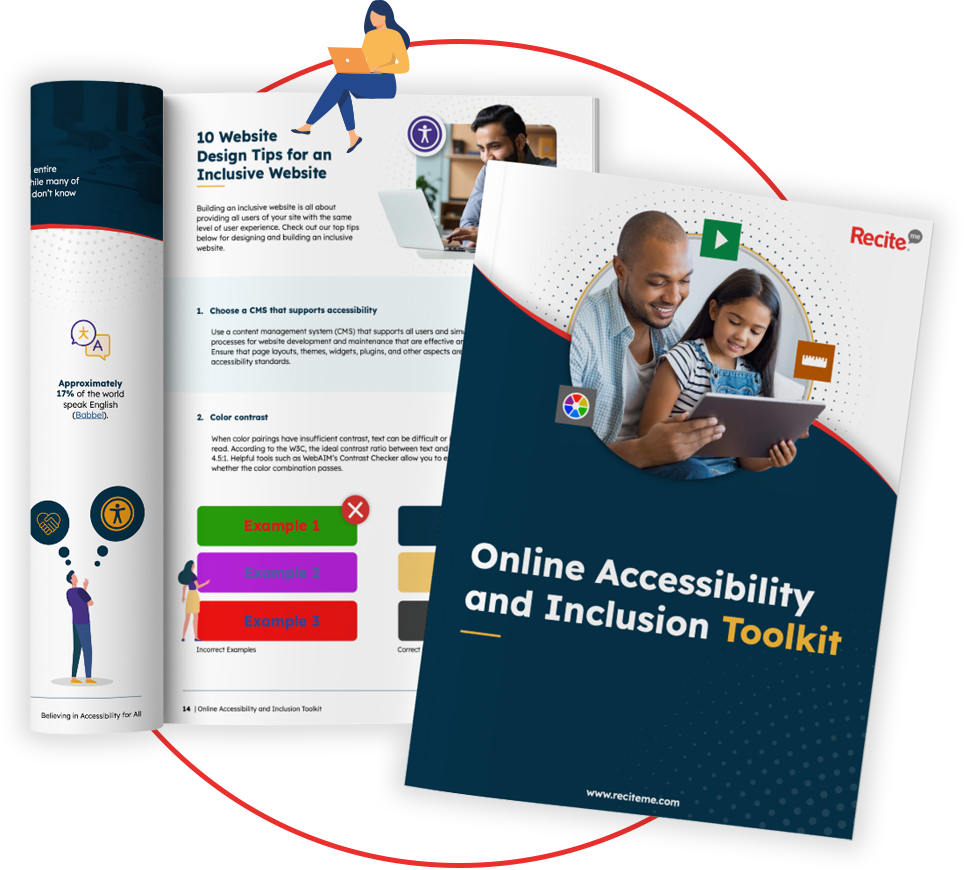
Audit your website for accessibility issues
So, how can you find out if your website is accessible? The first step is to conduct a website audit. However, company websites can be unwieldy, and you might not know where to look for accessibility violations. Our automated web accessibility checker tool makes it quick and easy to pinpoint WCAG compliance issues across your website. That includes the webpages themselves, but also content elements, such as images, PDF documents, and links.
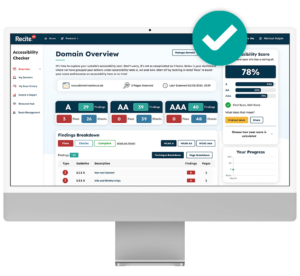
The checker tool makes it possible to scale your digital accessibility aims. From the dashboard, you can:
- Visualise accessibility issues
- Generate AI-powered fixes
- Review your progress in real time
- Download a report of your progress
- Integrate with project management tools (Jira and Azure DevOps)
Additional tools to support compliance efforts
Automated auditing is a good place to start, but it’s not the only tool you can leverage to improve your digital accessibility.
Provide training to key contributors
Digital inclusivity is an ongoing process that requires a strong understanding of accessibility principles and practices. By providing training to your key website contributors, such as web developers, you help to prevent further mistakes.
Our web accessibility training is completely free of charge. It explores web accessibility legislation, WCAG standards, and strategies for implementing accessibility online, taught across 9 modules.
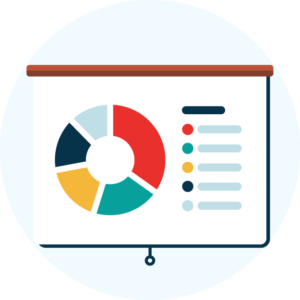
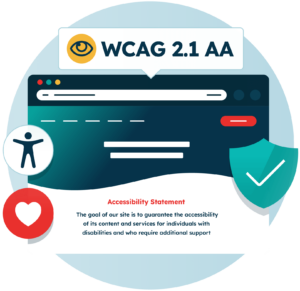
Publish an accessibility statement on your website
It’s also essential to showcase your commitment to digital accessibility, and how you plan to put it into practice. You can do this by adding an accessibility statement to your website. And since PSBAR requires public sector organisations to display an accessibility statement, you’ll be one step closer to compliance.
Not sure what your accessibility statement should include? Our website accessibility statement generator can create your statement for free.
Support inclusion with an assistive toolbar
Another way to improve inclusivity on your website is through an assistive toolbar. Our assistive toolbar, lets visitors change your website’s design, including colour scheme and font style, to reduce barriers.
It also includes reading aids, such as a screen mask and AI simplified content, to support visitors with learning disabilities. There are also text-to-speech, translation, and plenty more features to help all web users to get the most from your site.
Conclusion: Take the first step to accessibility compliance today
Web accessibility is a legal requirement for many businesses in Britain. However, its importance extends much further. Ensuring that your website is accessible helps to create fairer digital spaces, and can increase your customer satisfaction and revenue.
Creating accessible websites is an ongoing process. To make that first step, start with an automated web accessibility scan to pinpoint your compliance issues. Alternatively, gain expert advice and tailored support from our digital accessibility consultants.
Get a free automated accessibility check of your websites homepage. This will identify and highlight any compliance issues on your website. Followed by recommendations on how to implement the necessary changes to make your website more accessible.

UK Accessibility Laws FAQs
Looking for a recap or quick summary? Here are a few of our most frequently asked questions to help you get to grips with the essentials:
What are the legal requirements for website accessibility in the UK?
Private sector companies are required to provide reasonable adjustments for disabled people under the Equality Act 2010, including for websites. Public sector bodies must adhere to WCAG 2.2 Level AA. If your business sells or provides services to the EU, you must also comply with the European Accessibility Act.
Is it illegal for a website to not be accessible in the UK?
It can be illegal for a website to be inaccessible in the UK. The Equality Act 2010 requires public services, including websites, to be accessible to the disabled. The Public Sector Bodies (Websites and Mobile Applications) Accessibility Regulations 2018 have more specific accessibility requirements for public sector organisations.
Is WCAG 2.2 a legal requirement in the UK?
Public sector organisations are legally required to meet WCAG 2.2 Level AA on both websites and applications. Private sector companies need to comply with the Equality Act 2010, which does not specify WCAG 2.2 as a requirement. However, meeting WCAG 2.2 is still recommended as best practice.

